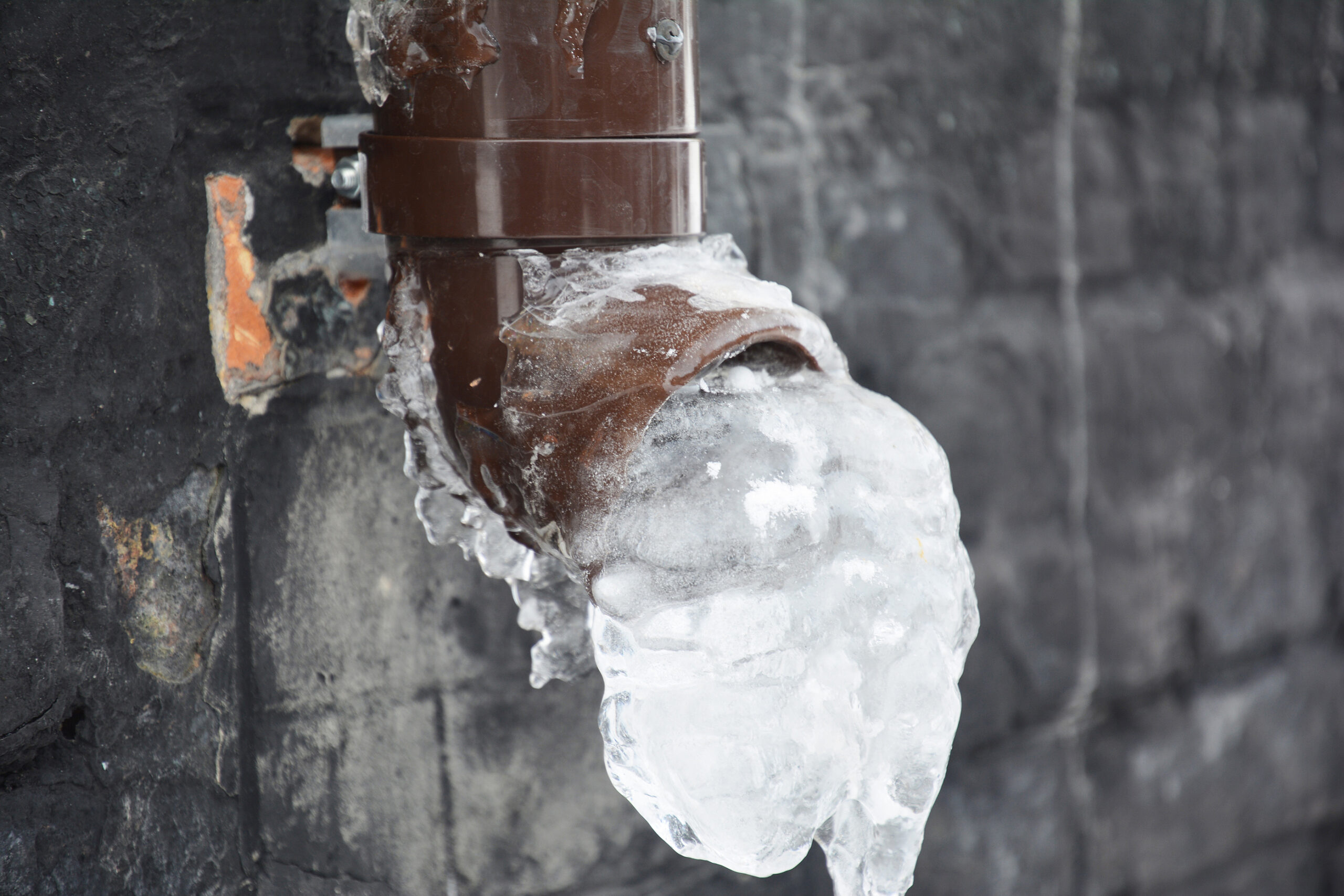How to Safeguard Your Pipes from Freezing: Specialist Guidance
How to Safeguard Your Pipes from Freezing: Specialist Guidance
Blog Article
What are your thoughts regarding How to prepare your home plumbing for winter weather?

Winter can ruin your plumbing, specifically by freezing pipelines. Here's just how to prevent it from occurring and what to do if it does.
Intro
As temperature levels decrease, the risk of frozen pipes boosts, possibly bring about pricey repair services and water damages. Comprehending exactly how to avoid frozen pipelines is crucial for house owners in cool climates.
Understanding Icy Pipes
What creates pipes to freeze?
Pipelines ice up when revealed to temperature levels listed below 32 ° F (0 ° C) for expanded durations. As water inside the pipes freezes, it broadens, putting pressure on the pipe walls and potentially triggering them to rupture.
Threats and damages
Icy pipes can bring about water supply disturbances, property damages, and pricey fixings. Ruptured pipelines can flood homes and create considerable structural damage.
Signs of Frozen Pipeline
Determining icy pipes early can prevent them from rupturing.
How to determine icy pipes
Look for decreased water circulation from taps, uncommon odors or noises from pipes, and noticeable frost on revealed pipelines.
Prevention Tips
Protecting susceptible pipes
Cover pipes in insulation sleeves or utilize warm tape to shield them from freezing temperatures. Concentrate on pipes in unheated or exterior locations of the home.
Home heating strategies
Maintain indoor rooms sufficiently warmed, specifically areas with plumbing. Open up closet doors to allow cozy air to flow around pipes under sinks.
Securing Exterior Pipes
Garden pipes and outside taps
Detach and drain pipes garden tubes prior to winter season. Mount frost-proof spigots or cover outdoor faucets with shielded caps.
What to Do If Your Pipes Freeze
Immediate actions to take
If you think icy pipelines, maintain faucets open up to relieve stress as the ice melts. Use a hairdryer or towels taken in hot water to thaw pipes gradually.
Long-Term Solutions
Structural changes
Think about rerouting pipes away from outside wall surfaces or unheated areas. Add added insulation to attics, cellars, and crawl spaces.
Updating insulation
Purchase high-quality insulation for pipes, attic rooms, and wall surfaces. Appropriate insulation aids preserve regular temperatures and reduces the threat of frozen pipelines.
Conclusion
Preventing icy pipelines requires proactive actions and quick reactions. By recognizing the causes, indications, and preventive measures, homeowners can safeguard their plumbing throughout cold weather.
5 Ways to Prevent Frozen Pipes
Drain Outdoor Faucets and Disconnect Hoses
First, close the shut-off valve that controls the flow of water in the pipe to your outdoor faucet. Then, head outside to disconnect and drain your hose and open the outdoor faucet to allow the water to completely drain out of the line. Turn off the faucet when done. Finally, head back to the shut-off valve and drain the remaining water inside the pipe into a bucket or container. Additionally, if you have a home irrigation system, you should consider hiring an expert to clear the system of water each year.
Insulate Pipes
One of the best and most cost-effective methods for preventing frozen water pipes is to wrap your pipes with insulation. This is especially important for areas in your home that aren’t exposed to heat, such as an attic. We suggest using foam sleeves, which can typically be found at your local hardware store.
Keep Heat Running at 65
Your pipes are located inside your walls, and the temperature there is much colder than the rest of the house. To prevent your pipes from freezing, The Insurance Information Institute suggests that you keep your home heated to at least 65 degrees, even when traveling. You may want to invest in smart devices that can keep an eye on the temperature in your home while you’re away.
Leave Water Dripping
Moving water — even a small trickle — can prevent ice from forming inside your pipes. When freezing temps are imminent, start a drip of water from all faucets that serve exposed pipes. Leaving a few faucets running will also help relieve pressure inside the pipes and help prevent a rupture if the water inside freezes.
Open Cupboard Doors
Warm your kitchen and bathroom pipes by opening cupboards and vanities. You should also leave your interior doors ajar to help warm air circulate evenly throughout your home.

I ran across that piece on Preventing and dealing with frozen pipes when doing research the web. So long as you enjoyed our article kindly be sure to share it. I recognize the value of reading our article about How to Prevent Your Pipes From Freezing.
Additional Resources Report this page